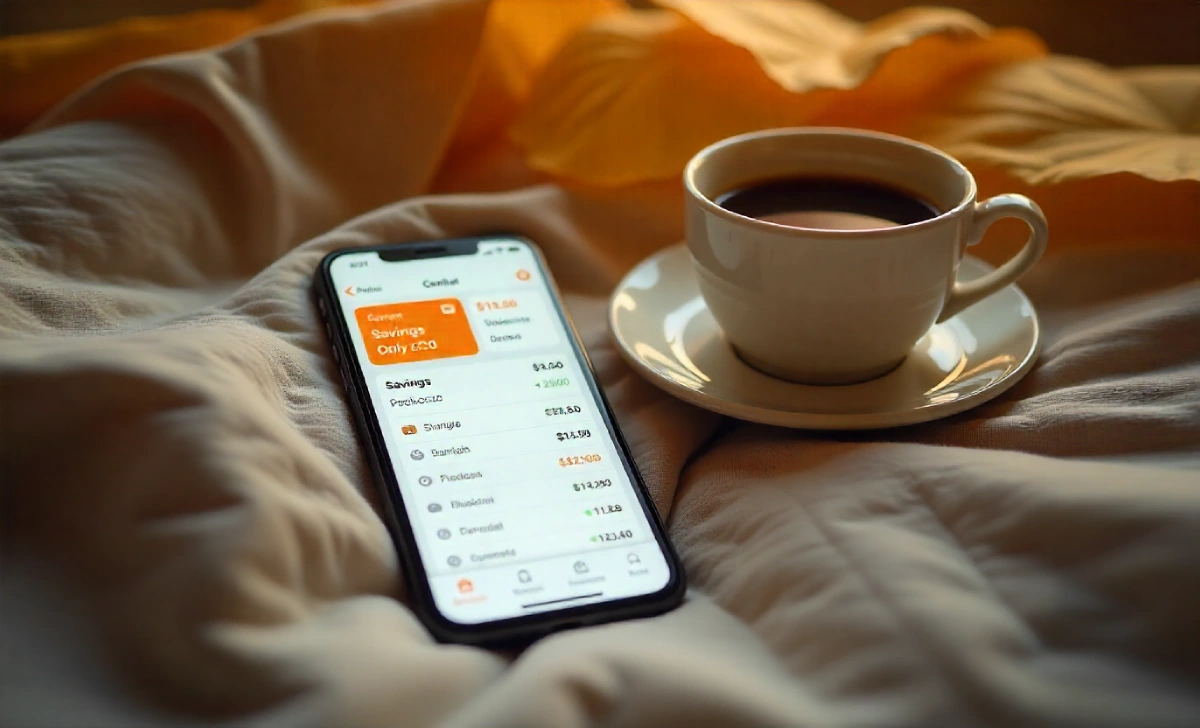Money stress keeping you up at night? You’re not alone. Most Australians struggle to keep tabs on where their hard-earned dollars disappear each month, and traditional budgeting methods can feel like a second job.
- Why Most People Struggle to Track Spending Easily
- Simple Digital Methods to Track Spending Easily
- Automated Tools That Track Spending Easily
- The Photo Method for Impulse Control
- Digital Envelope System to Track Spending Easily
- Simple Spending Tracking Apps for Busy People
- Quick Weekly Spending Review Process
- Avoid These Common Tracking Mistakes
- Building Sustainable Spending Awareness
- Conclusion
The good news is that learning to track spending easily doesn’t require complex spreadsheets or hours of number-crunching. With the right approach, you can gain control over your finances without adding stress to your already busy life.
Let’s explore simple, stress-free methods that work for real people with real lives.
Why Most People Struggle to Track Spending Easily
Traditional spending tracking methods fail because they’re too complicated for busy lifestyles. Complex budgeting apps with dozens of categories overwhelm working professionals. Detailed spreadsheets requiring daily data entry become another chore.
The biggest mistake? Trying to track every single dollar from day one. This perfectionist approach leads to frustration and abandonment within weeks.
Successful money management starts with simple habits, not complex systems. The goal is awareness, not perfection.

Simple Digital Methods to Track Spending Easily
Start with Your Banking App
Your bank’s mobile app is the easiest way to track spending easily without extra effort. Most Australian banks automatically categorise transactions into groups like groceries, fuel, and entertainment.
Example: Commonwealth Bank’s app shows monthly spending breakdowns by category. Spend five minutes each Sunday reviewing these patterns to spot where your money goes.
Set up push notifications for transactions over $50. This creates instant spending awareness without requiring active daily tracking.
The Three-Bucket Approach
Forget detailed category breakdowns that overwhelm busy people. Use the simplified 50/30/20 rule:
- 50% for essentials (rent, groceries, utilities)
- 30% for lifestyle (dining out, entertainment, hobbies)
- 20% for savings and debt payments
Calculate these amounts once based on your after-tax income, then simply check weekly if you’re staying within each bucket.

Automated Tools That Track Spending Easily
Round-Up Savings Apps
Apps like Raiz automatically round up purchases to the nearest dollar and invest the spare change. This effortless method creates spending awareness while building wealth.
How it works: Buy lunch for $12.30, and the app rounds up to $13.00, investing the 70 cents. You’ll quickly notice how small purchases accumulate over time.
Weekly Money Check-Ins
Schedule a 15-minute “money date” every Sunday morning. Review your bank balance, upcoming bills, and last week’s major expenses over coffee.
Tip: Use this time to set a rough spending limit for the coming week. No detailed tracking required—just awareness and gentle course correction.
The Photo Method for Impulse Control
Before making any unplanned purchase over $30, take a photo of the item and wait 24 hours. This simple pause prevents emotional spending decisions that derail budgets.
Store these photos in a dedicated phone album. Review monthly to identify your spending triggers and patterns.
Real example: Jake, a Sydney tradie, avoided buying $600 worth of unnecessary tools in three months using this method. He realised he shopped impulsively after difficult job sites.
Digital Envelope System to Track Spending Easily
Multiple Account Strategy
Create separate transaction accounts for different spending purposes:
- Everyday account (groceries, transport, bills)
- Lifestyle account (dining, entertainment, shopping)
- Emergency fund (unexpected expenses)
Transfer allocated amounts monthly, then spend directly from each account. Your balance shows exactly what’s available without complex tracking.
Australian example: Lisa from Brisbane uses ING’s Orange Everyday accounts. She has three separate accounts and transfers money monthly based on her budget allocations.
Automatic Bill Payments
Set up direct debits for all fixed expenses like rent, utilities, and subscriptions. This removes these costs from your daily spending decisions and simplifies tracking.

Simple Spending Tracking Apps for Busy People
YNAB (You Need A Budget)
YNAB focuses on giving every dollar a job before you spend it. The Australian version connects to major banks and requires minimal daily input.
Best for: People who want structure without complexity. The app guides you through simple budget allocation and tracks progress automatically.
PocketBook
This free Australian app connects to over 150 financial institutions and automatically categorises spending. It provides spending insights without requiring manual data entry.
Key feature: Sends weekly spending summaries via email, perfect for busy professionals who want awareness without daily app checking.
Quick Weekly Spending Review Process
The Five-Minute Sunday Check
- Open your banking app
- Review last week’s major purchases (anything over $20)
- Identify one spending surprise or pattern
- Decide on one small adjustment for the coming week
- Check upcoming bill due dates
This process takes less than five minutes but builds powerful financial awareness over time.
Monthly Spending Trends
Once a month, spend 10 minutes reviewing spending categories in your banking app. Look for upward trends in areas like dining out, subscriptions, or impulse purchases.
Action step: If any category has increased significantly, set a rough limit for the following month. No strict budgeting required—just conscious awareness.
Avoid These Common Tracking Mistakes
Over-Categorising Expenses
Don’t create 20+ spending categories. Stick to 5-7 broad groups like housing, food, transport, entertainment, and personal. Too many categories create decision fatigue.
Daily Expense Logging
Avoid apps that require daily expense entry. Choose methods that work automatically or need only weekly attention. Daily logging feels like work and gets abandoned quickly.
Perfectionist Tracking
You don’t need to account for every coffee or parking metre. Focus on tracking larger expenses and overall spending patterns rather than perfect penny-by-penny accuracy.
![]()
Building Sustainable Spending Awareness
Start Small and Build Habits
Begin with just one tracking method that takes under 10 minutes weekly. Master this before adding additional tools or complexity.
Example progression:
- Week 1-4: Sunday banking app reviews only
- Week 5-8: Add photo method for impulse purchases
- Month 3: Consider automated round-up investing
Focus on Trends, Not Daily Details
Successful money management comes from understanding spending patterns, not tracking every transaction. Look for monthly trends in major categories rather than daily expense precision.
Celebrate Small Wins
Acknowledge when your simple tracking methods help you avoid unnecessary purchases or stay within spending limits. These small victories build lasting financial habits.
Conclusion
Learning to track spending easily doesn’t require complicated systems or hours of weekly maintenance. The most successful approaches use automation, focus on major expenses, and fit naturally into busy lifestyles.
Start with your banking app’s automatic categorisation and a weekly five-minute review. Add the photo method for impulse purchases if needed. Remember, awareness beats perfection every time.
Ready to take control of your spending? Choose one method from this article and commit to trying it for the next four weeks. Share in the comments which approach you’re starting with—your experience might help other readers find their perfect system.
The path to financial awareness starts with a single, simple step. Take yours today.






